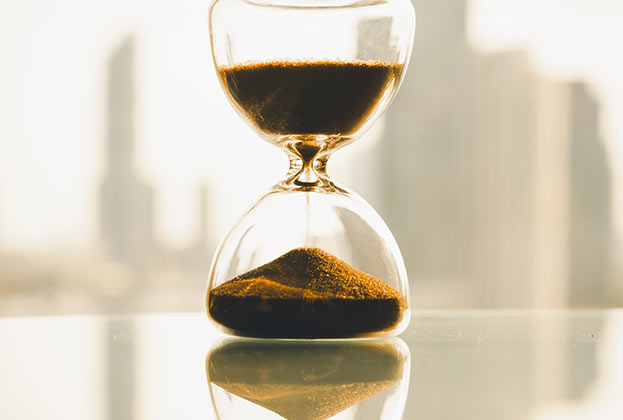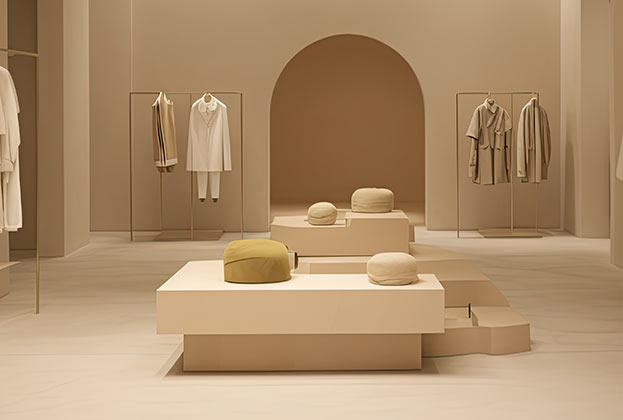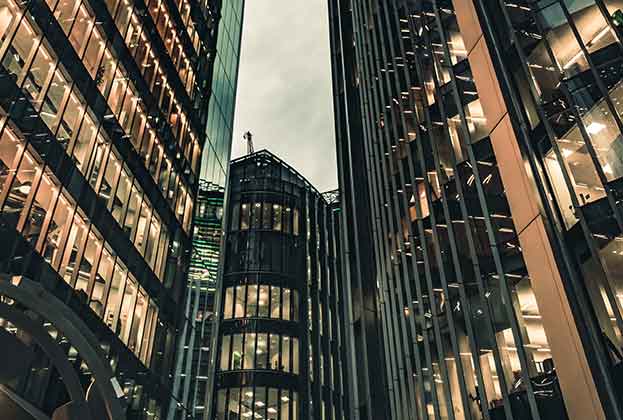A few months ago, if you walked through the city center of Madrid in search of a classic coffee shop or a historic bar, you had more than a dozen options. Now you have to criss-cross several streets to find that there are only a handful left.
The flagship stores of Orange on the junction of Calle Alcalá 149 and Goya, Mango on Gran Vía 32, VIPS on Bravo Murillo 109, IKEA on Goya 47, Benetton on Gran Vía 41 and the Spanish restaurant Carbón Negro on Juan Bravo 37 now stand on the sites which have been occupied for several years, if not decades, by period cafés and eateries. These have been converted into fastfood chains or modern restaurants, or even clothes stores, home decors and mobile phone service providers.
Who doesn´t miss the aroma of freshly-brewed coffee, the period decoration that takes us back in time and the spongy, soft, scrumptious bread and pancakes of Cafetería Nebraska, California, Cafetería Manila and the variety of beers to be found in Cervecería Santa Bárbara and La Flecha. These were the historic places for get-togethers for the in-crowd of yesteryears´ intellectuals and artists. In recent years, we have been invaded by Starbucks, Tim Hortons, McDonald´s McCafé, Dunkin Coffee, Café y Té, and Granier.
Have the Madrileños suddenly lost their love and appetite for the classic taste of coffee?
Do people now prefer the modern touch to the historic feel?
Will the historic cafés and bars one day become extinct?
None of the above, let´s hope. We are merely experiencing the noticeable effects of globalization, the consequences of old rent reviews and perhaps the customers´ change of habits. Some may attribute the coffee shops´outright closure to the financial crisis as well as the demise and retirement of the founders of the business. Likewise, there could also be the lack of interest from descendants in continuing the family business.
The Spalenials, or the Spanish Millennials, seem to opt for the modern feel and informal ambiance of the new establishments. They frequent these places not only to drink coffee but either to study, meet up with their foreign friends for a language exchange, work with their laptop or simply read their favorite novel while enjoying their hot brew. The opening of international cafés has captivated the Spalenials to patronize the latest bar and coffee trends in the Spanish market.
Despite the shrinking number of historic coffee shops, they are not going to disappear completely. To minimize future closures of these classic bars and coffee shops, a good solution would be to refurbish them regularly and offer new menu selections without losing the tradition, old charm and local history which they have been known for. Propietors need to provide attractive and modern treats such as a good wifi connection, glossy magazines and make their facilities as comfortable as possible. After all, people still need a place for informal intellectual discussions, a watering hole for the beer and wine lovers, and traditional cafés for coffee connoisseurs.
Truth be told, in a world where cookie cutter food and beverage establishments abound, we should be grateful that some of the historic cafés are still thriving in this ever-dynamic coffee shop culture society: Café Gijón, Café Comercial, Café Espejo, Café Barbieri, Café del Príncipe, Chocolatería San Ginés, La Mallorquina, Café de Oriente, etc.
However, it may be a good research practice to study expansions, not only of fashion brands and cafés and restaurants but of other industries as well. One can then anticipate that their local coffee shops may be suddenly open for new leases.
.jpg)



.jpg)




.jpg)
